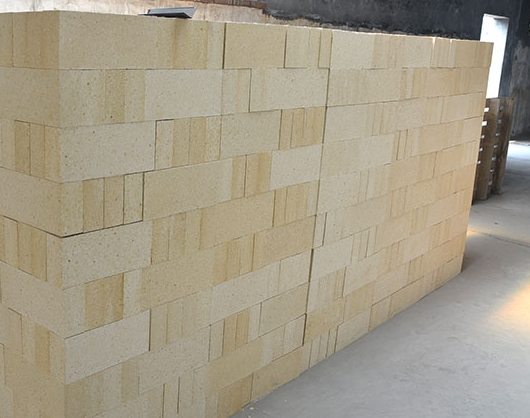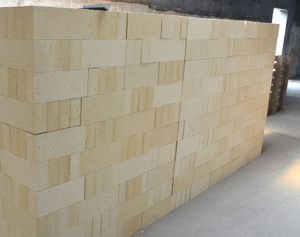The Difference between High Alumina Brick and Clay Brick

We all know the high alumina brick and clay brick are common refractory materials in industry, but they can be used in different industries, So there are some differences between high alumina brick and clay brick, Then I will answer this question for you.

The Difference of Aluminum Content
Aluminum and high brick clay brick have great difference in aluminum content. First of all, Clay brick refers to the clay products of aluminum silicate materials with Al2O3 content of 30%~40%. High alumina brick is aluminum silicate firebrick with Al2O3 content greater than 48%.
The Difference of Sintering Temperature
The sintering temperature of high alumina refractory brick depends on the sintering property of alumina material. Clay brick is made of 50% soft clay and 50% hard clay grog, ingredients required by certain granularity, after forming, drying, in 1300 ~ 1400 ℃ high temperature firing.
The Difference of Thermal Shock Resistance
High aluminum brick is worse than clay brick in thermal shock resistance, It is mainly because the thermal expansion of corundum is higher than mullite, and there is no crystalline transformation.
The Difference of Refractoriness
The production process of high alumina brick is similar to that of clay brick, The difference is that there are many high alumina clinker with powder. The refractoriness is higher than clay brick, and the resistance to acid and alkali penetration is better.
Above is the difference between high alumina brick and clay brick, when the user choose refractory bricks, must be clear the requirement of the product that he needs above all, according to specific product performance to choose.



